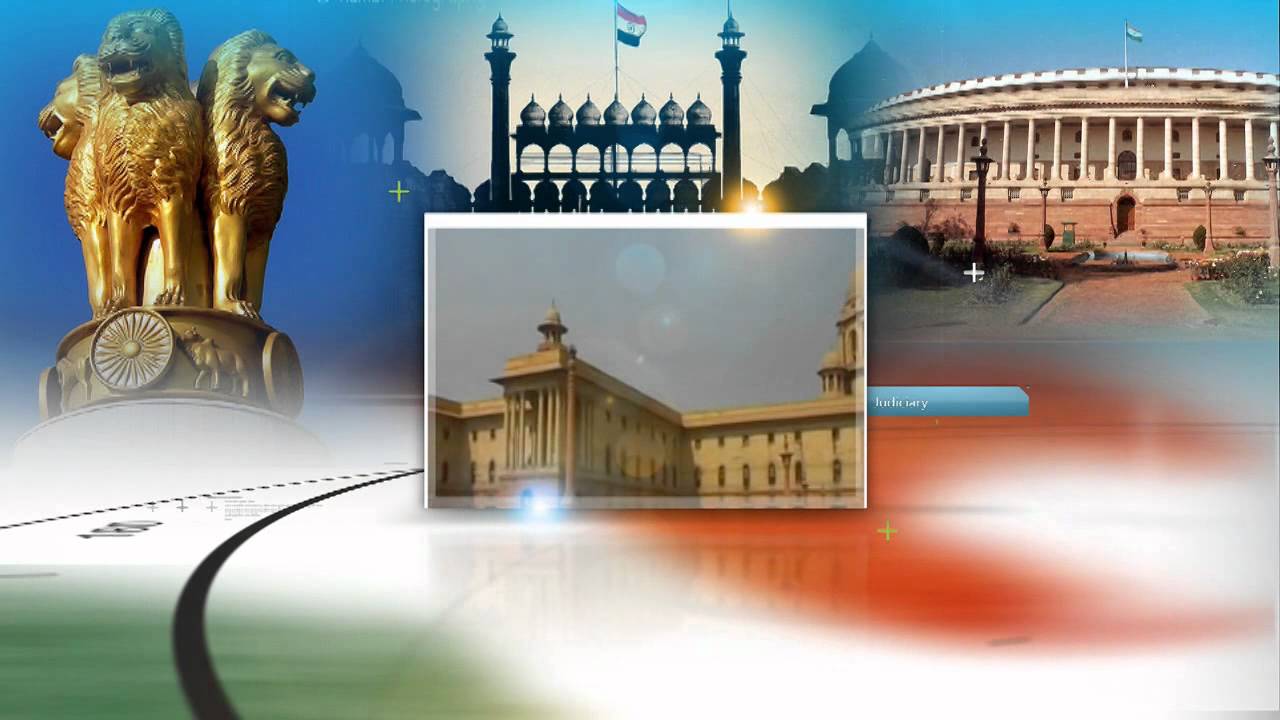Font size:
Print
SAHYOG Portal
Context:
Social media platform X (formerly Twitter) has opposed being compelled to join the Indian government’s SAHYOG portal.
More on News
- X argues it has its own legal request portal and that SAHYOG falls outside the statutory framework of Section 69A of the IT Act.
- The company has also challenged the portal before the Karnataka High Court, calling it a “censorship” tool.
Shreya Singhal & Section 69A
- Shreya Singhal v Union of India (2015): The Supreme Court struck down Section 66A of the IT Act, which criminalised sending “false information” with the intent to cause inconvenience.
- Court’s Ruling: The Court found Section 66A “unconstitutionally vague,” as it gave the government unchecked power to restrict free speech.
- Shift to Section 69A: After the ruling, Section 69A became the primary law for content moderation, allowing the Centre to block information deemed “necessary” for national security, public order, and other specified grounds.
- Safeguards in Section 69A: This provision requires that content-blocking orders be based on specific grounds under Article 19(2) of the Constitution and be subject to judicial review.
About
- The SAHYOG portal has been developed by the Union Ministry of Home Affairs to streamline and automate the process of sending legal notices to intermediaries under the IT Act, 2000. It aims to:
- Facilitate the removal or blocking of unlawful online content.
- Bring together all authorised government agencies and online intermediaries on a single platform.
- Ensure swift action against illegal online activities.
- Create a safer and cleaner cyberspace for Indian citizens.
Key Features
- Unified Framework for Cybercrime Control: Allows government agencies to directly communicate with online platforms regarding illegal content. Reduces delays in processing takedown requests.
- Automated Notice System: Standardises and automates the process of sending legal notices to platforms. Ensures better compliance and accountability from intermediaries.
- Integration with Law Enforcement: In its second phase, the portal will allow law enforcement agencies to send information requests to platforms to assist in criminal investigations. Helps in tracing missing persons and combating cybercrime more efficiently.
- Participation by Major Online Platforms: 38 intermediaries have already onboarded, including Google, Facebook, WhatsApp, Instagram, YouTube, Telegram, and Apple.
Significance
- Faster removal of harmful content, including cyber threats, misinformation, and illegal material.
- Stronger government oversight over online platforms.
- More effective law enforcement coordination for cybercrime cases.
- Potential legal and constitutional debates regarding free speech, platform autonomy, and government control over online content.


